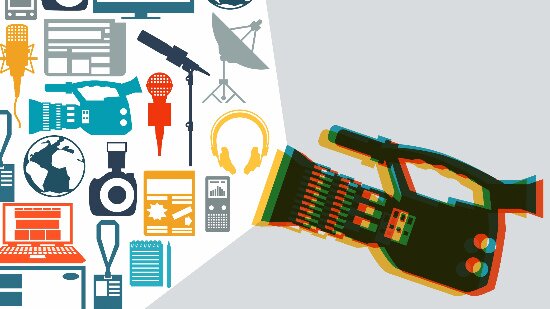The Consumer Council has voiced concerns over the safety of performing cupping therapy by improperly trained therapists.
In particular, as cupping sets become easily available in the market, more people are likely to be taking on DIY (Do-It-Yourself) cupping therapy at home.
Cupping therapy is used commonly in Traditional Chinese Medicine (TCM) practice for a wide range of ailments.
It is easy to operate: simply by inverting the cups on an ailing part of the body (usually the back, the abdomen or the leg); the air inside the cups has to be burned or suctioned out beforehand to create a vacuum. The vacuum anchors the cup to the skin and pulls the skin upward.
Among others, the therapy is believed to mobilize tissues to release toxins, activate and clear the lymphatic system, the veins, arteries and capillaries. It alleviates muscle and joint pain, and also stimulates blood circulation.
Consumers, however, should be wary that burn injuries or blisters and bruises have been reported both in Hong Kong and the mainland (a popular destination for the local to seek such therapy).
Though the number of consumer complaints remains relatively low, the situation obviously needs to be improved in the interest of consumer safety.
The Council received a complaint each in 2008 and 2009 concerning blisters resulting in cupping therapy performed at a health pharmaceutical centre and a beauty centre respectively.
Cases of burn injuries, some severe, of Hong Kong residents receiving cupping therapy in the mainland, have been reported from time to time.
Last month, a woman was reported to have received burns on the face and other parts of the body during a cupping therapy in the mainland, and rushed back immediately to Hong Kong for medical treatment.
Mainland authorities are understood to be formulating operational and technical standards for health care service providers, including cupping therapists, expected to be introduced at the earliest in 2010.
Consumers are advised to exercise care - and consult medical professionals - when choosing cupping service providers since there is at present no regulatory measure for the qualifications and skills of the service providers or therapists both in the mainland and Hong Kong.
Patients with high fever, convulsion and bleeding problems, inflamed skin, or prone to cramping should not seek such treatment. So do young children and weak elderly, and pregnant women who should be careful with the stomach and lower back in such therapy.
There are available in the market cupping sets made of plastic, and equipped with a knob on the top which can be turned to increase or decrease the suction of the air inside the cup or a hand pump to manually create vacuum. This precludes the use of alcohol and fire, and hence relatively safe for the users.
Consumers are also advised to limit the duration of cupping to usually 5 to 10 minutes at a time.
The Consumer Council reserves all its right (including copyright) in respect of CHOICE Magazine and Online CHOICE ( https://echoice.consumer.org.hk/ ).




